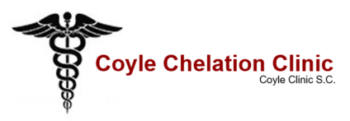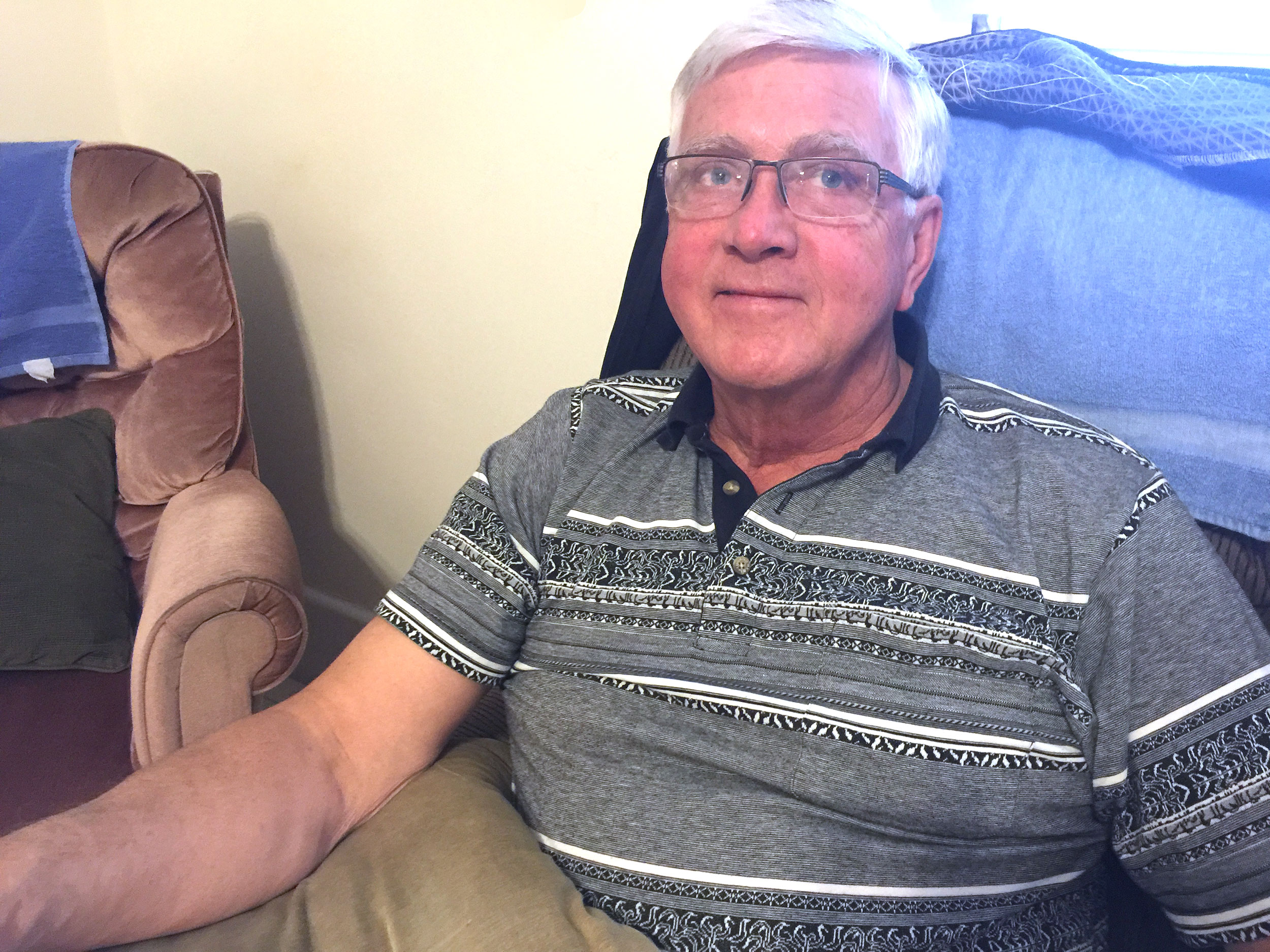Did you know?
In Europe, many patients are not able to obtain surgical options before utilizing chelation to address their issues. The U.S. has been somewhat slower in adopting chelation as a viable and progressive method of dealing with a myriad of health issues. However, it has a lengthy history of addressing such issues in situations where modern medical practitioners have simply turned away or given up. Chelation is also an option for those wishing to avoid surgery — and it is effective for conditions for which there seem to be no options.
Plaquex
Plaquex is a mixture of essential phospholipids made from soy beans. It is the treatment of choice for atherosclerosis – the deposit of fatty plaques in arteries and other blood vessels. The most important effect of Plaquex is its remarkable ability to reduce plaque deposits in the artery wall. It also lowers blood cholesterol and homocysteine levels. Studies in lab animals have shown that it increases life span by up to 36%. An important therapeutic application of the Plaquex treatment program is increasing an individuals ability to withstand cardiac stress. This application is valuable for individuals who have suffered from heart attack or other heart injury. The atherosclerotic plaque that blocks an artery is composed of many constituents, but in general has two main ones, namely cholesterol and calcium.
When treated with EDTA chelation therapy the calcium is addressed. Plaquex addresses the cholesterol component. The cholesterol involved in blocking arteries is the infamous “LDL or ‘bad’ cholesterol.” The “good” HDL cholesterol seems to actually help reverse the negative effects of LDL (bad) cholesterol. The chief constituent of good HDL cholesterol is “Phosphatidyl Choline,” also called Plaquex.
It is important that patients understand that Plaquex is not used as a substitute for EDTA chelation therapy, but is added to the treatment of some patients that would benefit from the effects of Plaquex. Plaquex cannot be mixed with EDTA chelation, so it is given on alternate treatment days. Unlike chelation using EDTA, Plaquex does not remove toxic heavy metals (ie Lead, Cadmium, Mercury). Instead, it appears to reverse cholesterol transport by creating surrogate HDL cholesterol which aids in the removal of excess LDL (bad) cholesterol from thearteries and also appears to lower the level of the highly atherogenic lipoprotein a (aka Lp(a).
In addition, while EDTA chelation can only be used sparingly in the presence of reduced kidney function, Plaquex actually seems to improve or stabilize kidney function in those with pre-existing kidney disease.Plaquex appears to aid in the removal of excess cholesterol from the membranes of cells and along with existing HDL (“good”) cholesterol, aids in the transport of free cholesterol from deposits in arteries, fat cells, muscle and connective tissue to the liver, where its excretion is enhanced. It also appears to lower the level of substance Lipoprotein a (Lp(a), which is a critical factor in the formation of blood clots during heart attack or stroke.
It has now been established that Plaquex therapy has the following therapeutic applications:
– Reduces angina pectoris (heart pain) and improves sexual potency
– Lowers LDL (bad) cholesterol – Reduces high blood pressure
– Increases HDL (good) cholesterol – Improves impaired kidney function
– Improves walking distance in PVD – Reduces homocysteine levels
– Improves memory and mental function – Protects damaged heart muscle
Plaquex therapy is administered as an intravenous infusion lasting between 2 & 3 hours. Since Plaquex cannot be mixed with EDTA Chelation, other chelating agents, hydrogen peroxide or Vitamins/Minerals it is administered as a single agent. Plaquex therapy can be used as a stand alone treatment for lowering blood cholesterol, improving kidney function and/or improving memory. Plaquex can also be used as part of an integrated treatment program for atherosclerosis, along with EDTA Chelation therapy, Hydrogen Peroxide and Vitamins and Minerals.







